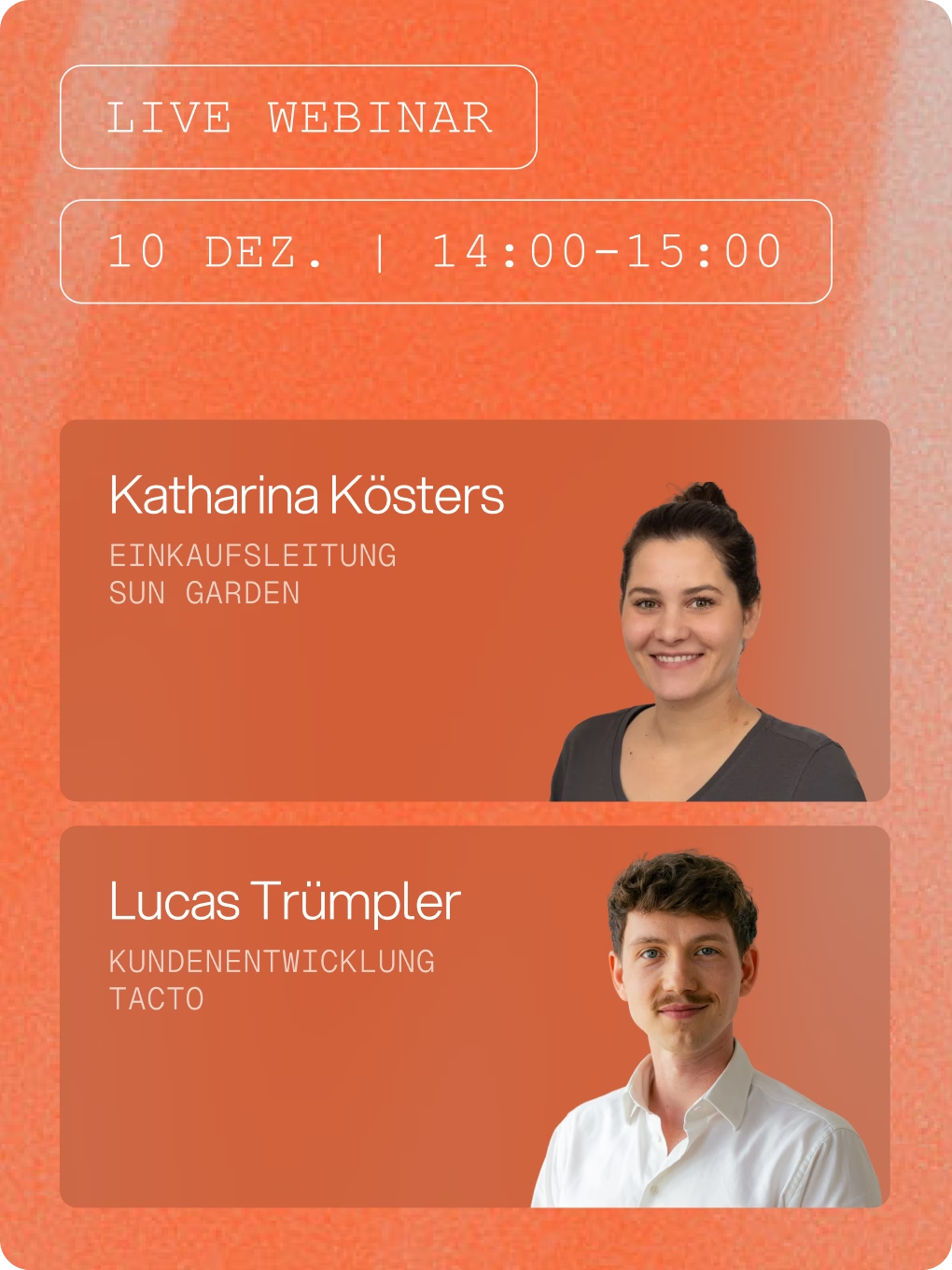Procurement Glossary
Project procurement: definition, methods and strategic importance
November 19, 2025
Project procurement refers to the special form of procurement for time-limited, one-off projects with defined objectives and resources. It differs from operational procurement due to its project-specific requirements, more complex stakeholder structures and often higher risks. Find out below what constitutes project procurement, which methods are used and how you can successfully manage risks.
Key Facts
- Project procurement is carried out for time-limited, one-off projects with specific objectives
- Requires adapted procurement processes and increased coordination between the project team and Procurement
- Increased complexity due to project-specific requirements and stakeholder management
- Risk management is particularly critical due to one-off procurement processes
- Success depends largely on early involvement of purchasing in project planning
Contents
Definition: Project procurement
Project procurement encompasses all procurement activities required to realize a specific project. It is characterized by unique, project-specific requirements.
Key features of project procurement
Project procurement differs from regular procurement in several characteristic features:
- Time limit according to the project duration
- One-off, project-specific requirements without repetitive character
- Complex requirement profiles with a high need for coordination
- Close integration with stakeholder management
Project procurement vs. operational procurement
While operational procurement is geared towards recurring requirements, project procurement focuses on one-off projects. Requirements planning is project-specific and requires intensive coordination between project management and Procurement.
Importance of project procurement in Procurement
Project procurement is becoming increasingly relevant due to the growing project organization in companies. It requires flexible purchasing processes and specialized skills for the management of complex, time-critical procurement processes.
Methods and procedures
Successful project procurement requires structured methods and customized processes. The complexity of project-specific requirements makes systematic procedures essential.
Project-specific needs assessment
Requirements are determined in close coordination with the project team. Project-specific requirements are recorded and documented in detail:
- Creation of project-specific specification requirements
- Timing coordination of procurement activities with project milestones
- Consideration of project-specific quality and compliance requirements
Integrated procurement planning
Procurement planning is fully integrated into project planning. Requirements management is iterative and takes account of changing project requirements over the course of the project.
Project-specific supplier selection
Supplier selection is based on project-specific criteria such as project expertise, flexibility and adherence to deadlines. Specialized suppliers are often qualified and evaluated for unique project requirements.

Tacto Intelligence
Combines deep procurement knowledge with the most powerful AI agents for strong Procurement.
Key figures for controlling project procurement
Effective management of project procurement requires specific KPIs that take project-specific features into account. These KPIs enable continuous monitoring and optimization.
On-time delivery and delivery performance
Adherence to delivery dates is more critical in project procurement than in operational procurement. The percentage of agreed delivery dates met is measured:
- On-time delivery rate of project-specific procurements
- Average deviation from planned delivery dates
- Proportion of critical delays with project impact
Cost efficiency and budget compliance
Cost indicators focus on budget compliance and the cost efficiency of project-specific procurements. Product costing is continuously compared with actual costs.
Quality and compliance key figures
Quality indicators measure the fulfillment of project-specific requirements and compliance specifications. First-pass yield rates and the number of project-threatening quality defects in one-off procurement processes are particularly important.
Risk factors and controls in project procurement
Project procurement harbors specific risks due to its uniqueness and complexity. Systematic risk management is crucial for the success of a project.
Schedule risks and delays
Time-critical project requirements make deadline risks particularly critical. Delays in procurement can jeopardize the entire project process:
- Insufficient lead times for procurement planning
- Supplier failures without adequate backup strategies
- Complex approval processes for project-specific requirements
Quality and specification risks
Project-specific requirements increase the risk of quality problems and specification deviations. Specification management requires special attention for one-off procurement processes.
Cost risks and budget overruns
One-off procurement processes make precise cost estimates difficult. A lack of comparative values and project-specific requirements can lead to significant budget deviations. Continuous cost controlling is therefore essential.
Practical example
A mechanical engineering company realizes a customer project for a special machine. The project procurement includes specialized components that are not available in the standard range. Procurement is already involved in the quotation phase in order to create realistic cost estimates. During the project, a dedicated project procurement manager coordinates all procurement activities with the project milestones. Weekly coordination between project management and Procurement ensures that changes are communicated and implemented quickly.
- Early involvement of purchasing in project planning
- Dedicated project procurement responsibility
- Regular coordination between all parties involved
Current developments and effects
Project procurement is constantly evolving, driven by new technologies and changing ways of working. Digitalization and agile methods are shaping modern approaches.
Digitalization of project procurement
Digital tools are revolutionizing project procurement by improving transparency and efficiency. Digital procurement enables real-time coordination between the project team and Procurement:
- Integrated project management and procurement platforms
- Automated requirement notifications based on project progress
- Digital collaboration with project-specific suppliers
Agile procurement methods
Agile procurement is becoming increasingly important in project procurement. Iterative procurement cycles enable flexible adjustments to changing project requirements and shorten time-to-market.
AI-supported project procurement
Artificial intelligence is increasingly supporting project procurement through predictive analytics for demand forecasts, automated supplier evaluation and intelligent risk assessment of project-specific procurement processes.
Conclusion
Project procurement requires specialized skills and adapted processes that differ significantly from operational procurement. Success depends to a large extent on the early involvement of procurement, systematic risk management and continuous coordination between all project participants. Digitalization and agile methods offer new opportunities to increase efficiency, while the complexity of project-specific requirements continues to place high demands on the procurement organization.
FAQ
What distinguishes project procurement from regular procurement?
Project procurement is time-limited, one-off and project-specific. It requires intensive coordination between the project team and Procurement, whereas regular procurement is geared towards recurring requirements and uses standardized processes.
When should Procurement be involved in projects?
Procurement should already be involved in the project planning phase, ideally as early as the tender preparation stage. Early involvement enables realistic cost estimates and timely identification of procurement risks.
What are the particular challenges in project procurement?
The main challenges are the uniqueness of the requirements, time-critical requirements, complex stakeholder structures and often incomplete specifications at the start of the project. This requires flexible processes and intensive communication.
How is the quality of project-specific procurements ensured?
Quality assurance is achieved through detailed specifications, supplier qualification for project-specific requirements, regular quality checks and close coordination between the project team, Procurement and suppliers throughout the entire project.



.avif)

.png)
.png)


.png)




